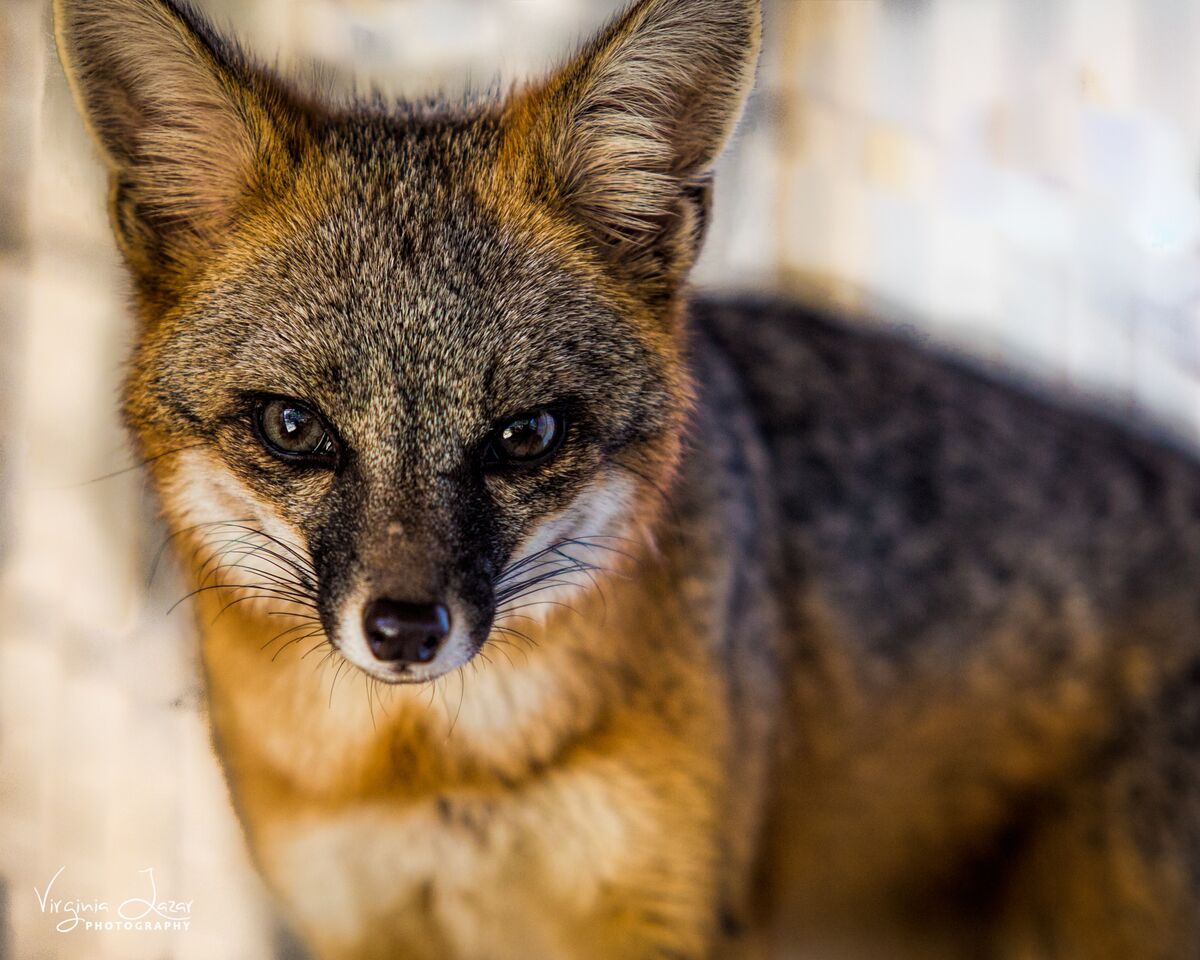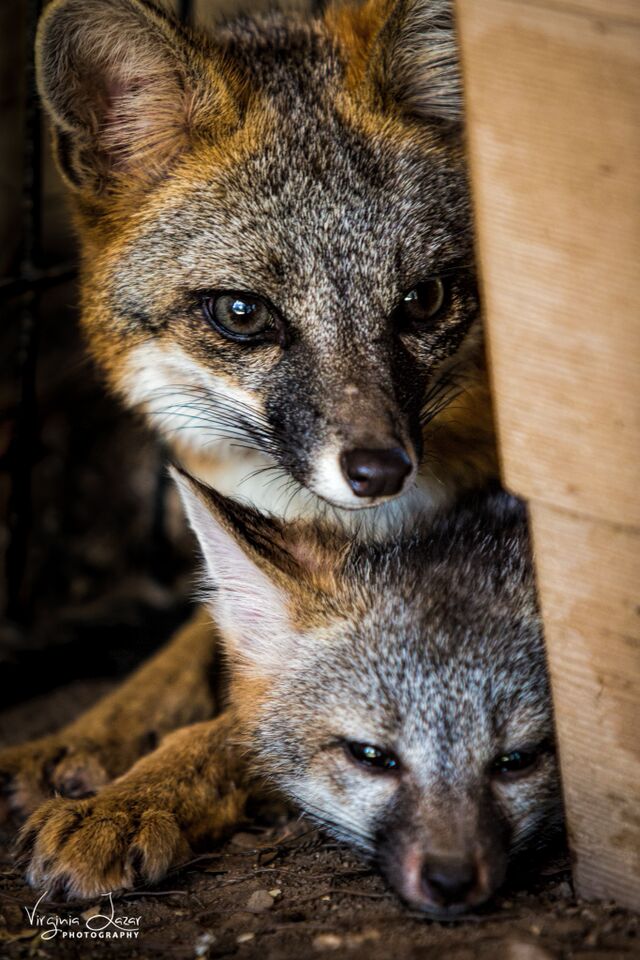CLOVIS – For 37 years now, mountain area resident Teri Williams has been working with a vital organization dedicated to caring for orphaned or injured native wildlife in the Central Valley.
This spring, a special set of circumstances arose when four little foxes were turned over to the care of the kind-hearted volunteers who make up the staff at Fresno Wildlife Rescue and Rehabilitation Service (FWRRS).
The beautiful, healthy, gray fox kits were estimated to be about six weeks old at the time, explains Teri.
Images courtesy of Virginia Lazar Photography.
“Their mother had given birth to them underneath a mobile home in the middle of Sanger. Once the babies were old enough to begin exploring, the homeowner, not understanding that the mother fox was probably eliminating the mice, rats, gophers and other rodents around the home, became nervous about them and called for them to be removed.”
The four kits were live-trapped and brought to FWRRS. They were old enough to begin eating solid food, which is good, Teri says, because it avoids them becoming imprinted to humans.
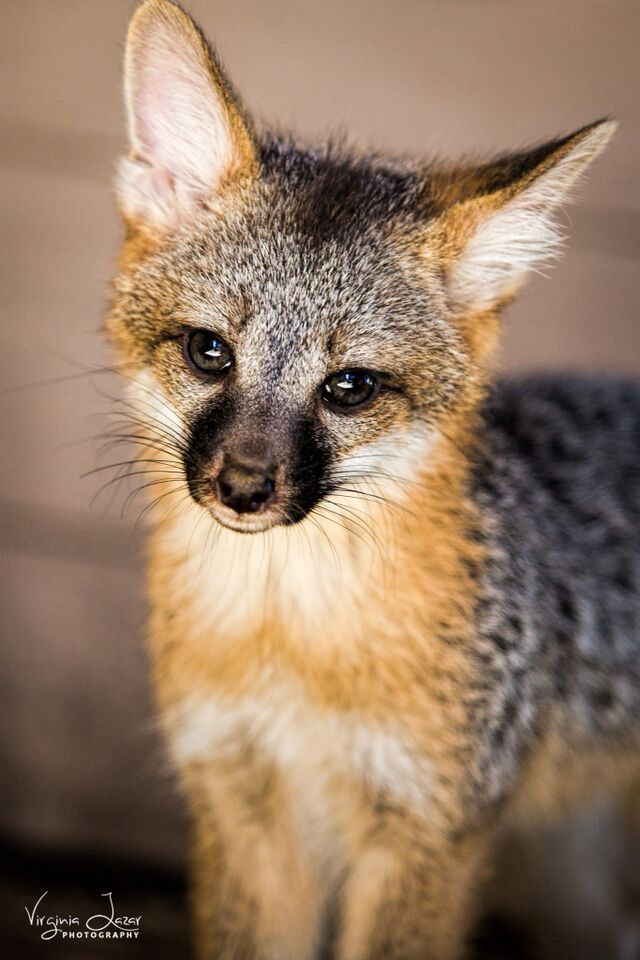 Two weeks after the kits were brought in, their mother was also trapped and taken to FWRRS. She arrived the day before Mother’s Day. The situation was out of the norm for Teri, who was called on to reintroduce the little fox family if possible.
Two weeks after the kits were brought in, their mother was also trapped and taken to FWRRS. She arrived the day before Mother’s Day. The situation was out of the norm for Teri, who was called on to reintroduce the little fox family if possible.
“Because it had been two weeks since the mother had contact with her babies, I placed her trap with her in it next to the carrier where her babies were. I was hoping they would become reacquainted by sound and smell before allowing them to run free together.”
On Mother’s Day the next morning, Teri let the babies out into their larger enclosure, where things did not go as hoped at first.
“They didn’t really go near their mom, so I was forced to let her out without seeing how they felt about her. When she came out of the trap she began frantically searching for an escape, which brought her running around the edges of the enclosure and right over the tops of the babies, who reacted with violent, fearful growling.”
Fortunately, that reaction didn’t last long, thanks to one faithful babe who turned the tide.
“After several minutes, one confident baby began venturing toward her and following her around at a safe distance. It seemed like a sudden realization that this was his mother, as he began an insistent squeaking and tail wagging, which brought the others out who all began following her and doing the same. Within about thirty minutes of the initial introduction, Momma was lying peacefully in a box within the pen with her ecstatic babies squeaking, jumping and playing all over her.”
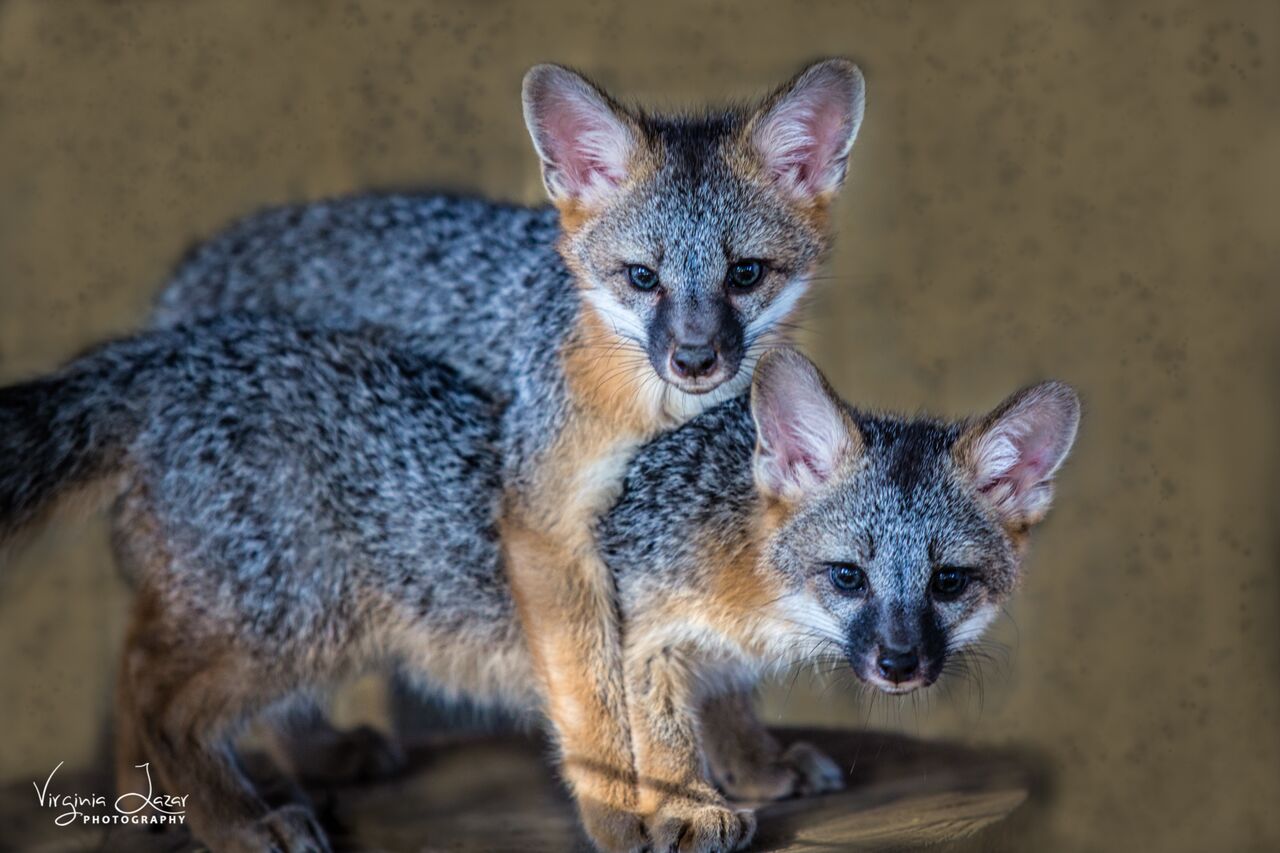 How’s that for a successful reunion?
How’s that for a successful reunion?
“Having a parent animal trapped and reintroduced to her babies is a very rare thing for us,” Teri marvels. “In fact, I’m not sure it has happened before in the 41 years since Fresno Wildlife began.”
Originally the wildlife station volunteers wanted to reunite the family and ultimately release them together at once. That’s the usual goal of the organization.
“In spite of the fact we can feed wildlife and attend to medical needs, we always feel that wild things belong in the wild, so we like to be as hands off as is safely possible.”
It’s a little different with this family, though. The experts hashed over three different scenarios as they planned the future of the foxes.
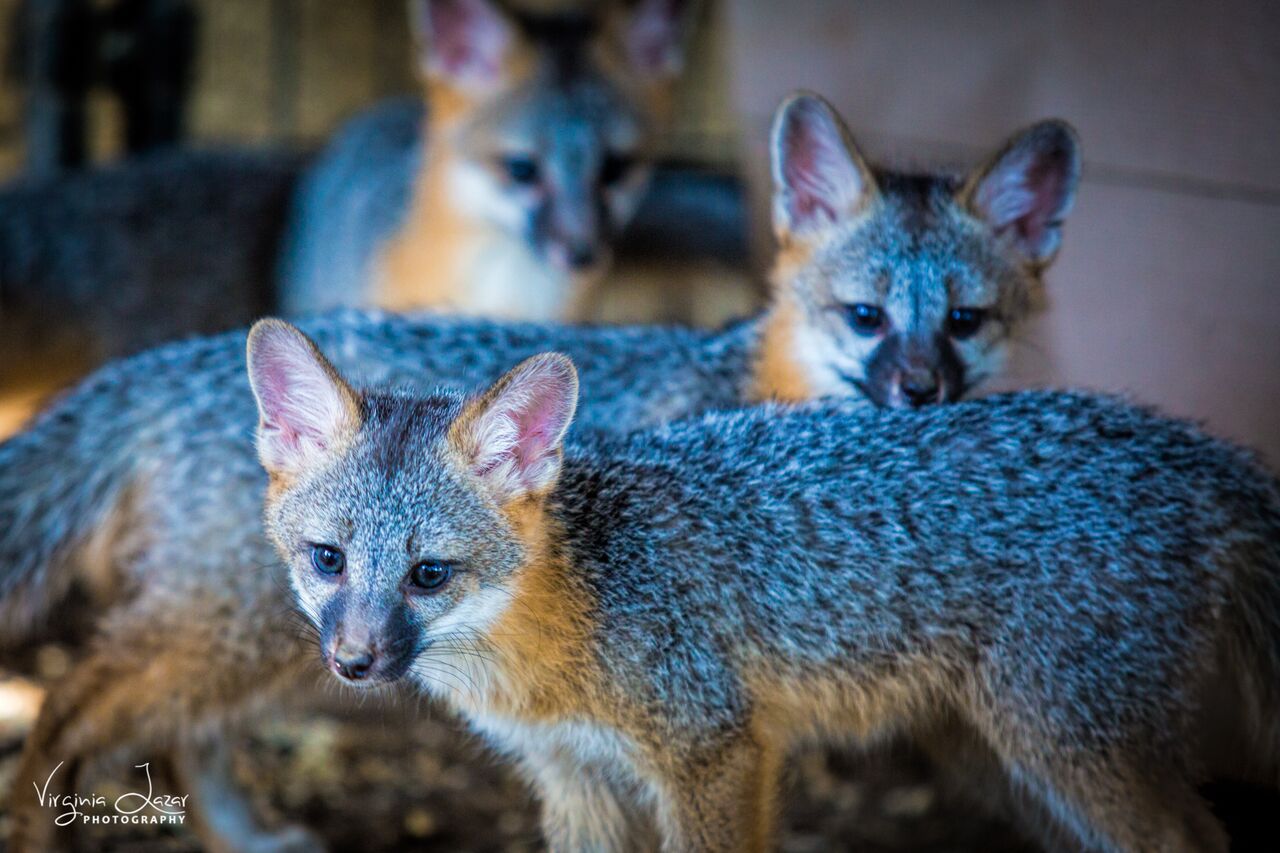 “They might stay together and live happily ever after,” was one possibility, Teri says.
“They might stay together and live happily ever after,” was one possibility, Teri says.
“They might burst, in fear, out of the carrier and scatter in different directions, ensuring the death of whatever babies didn’t run off with Mom. Or, they might stay together. But because we have to release them away from their original location, and mom would have to then find food and shelter, not just for herself, but for her four babies as well, they would probably starve just trying to figure out their new, unfamiliar surroundings.”
They carefully weighed all of the options and decided the risk of putting the foxes through a likely catastrophe was too great. The decision is to hold onto the whole family until the babies are old enough to hunt for themselves.
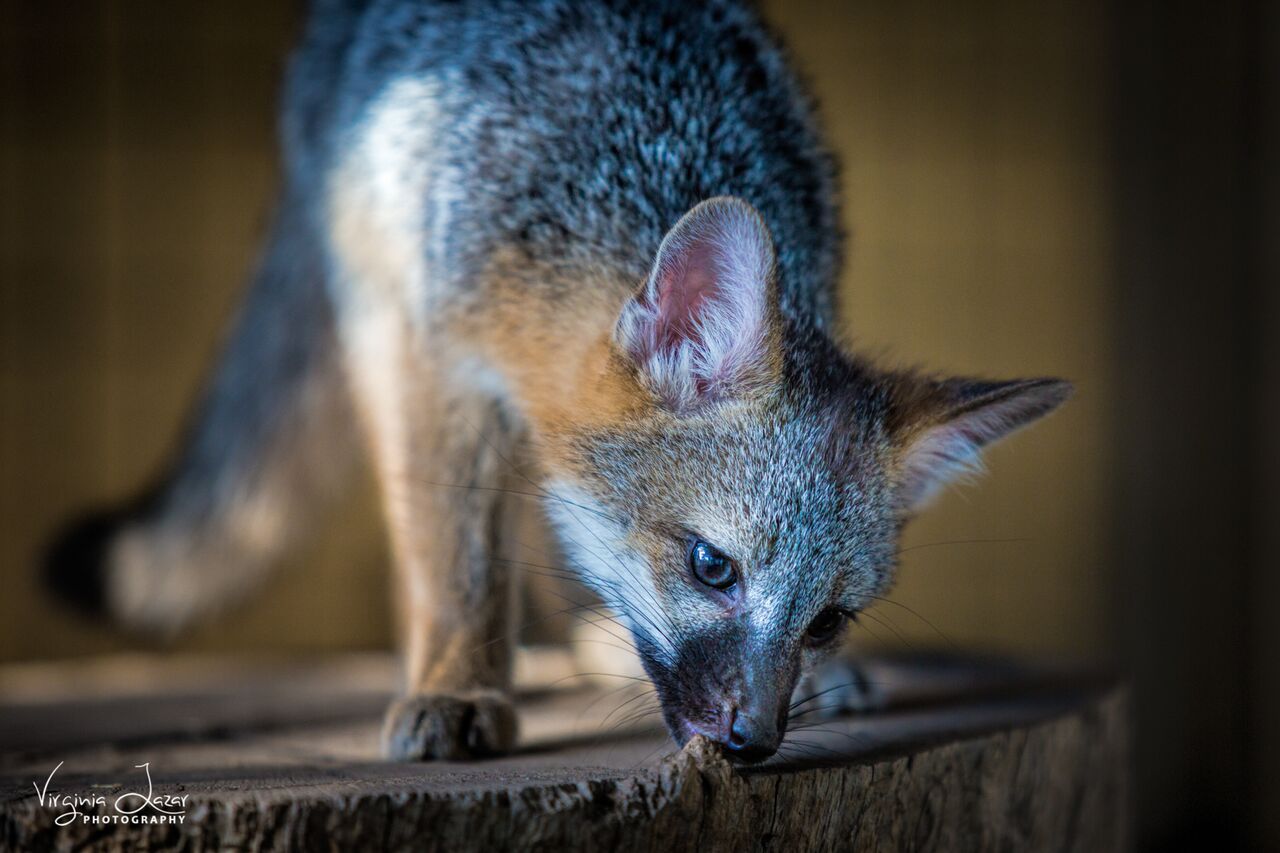 “At this point we will be releasing the family together in a location away from the center of town and all of its hustle, bustle and misinformed people.”
“At this point we will be releasing the family together in a location away from the center of town and all of its hustle, bustle and misinformed people.”
For more information visit the Fresno Wildlife Rescue and Rehabilitation Service online.
Fresno Wildlife Rescue and Rehabilitation Service (FWRRS) is an all-volunteer, non-profit, tax-exempt organization dedicated to caring for orphaned and/or injured native wildlife in our Central Valley. The organization has two main goals: to treat, rehabilitate and return all animals to their natural habitat whenever possible and to educate the general public in becoming more aware, concerned and understanding of our wildlife resources.
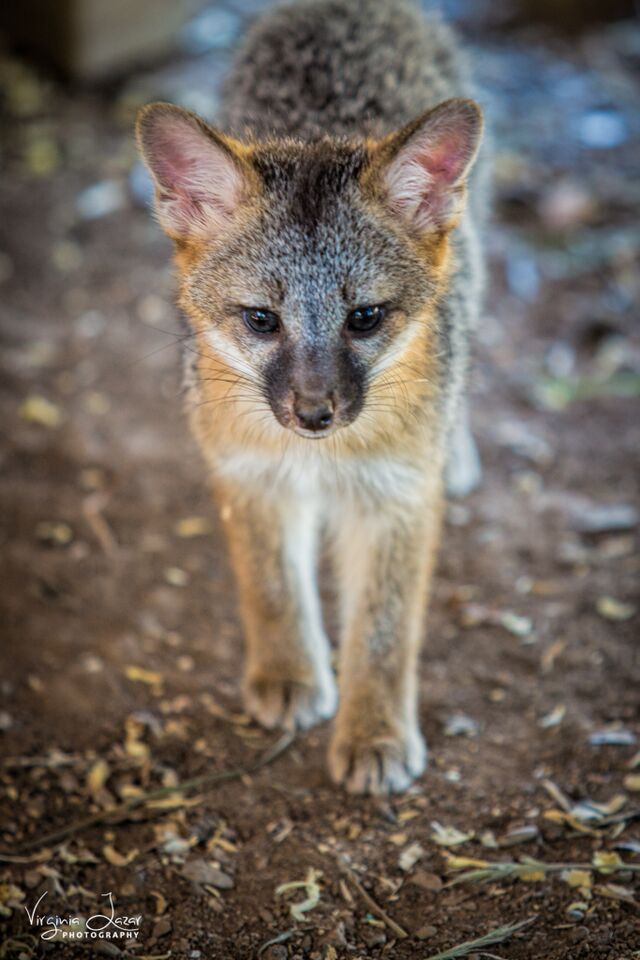 Founded in 1974, FWRRS has been licensed by the United States Department of the Interior, Fish and Wildlife Branch and the California Department of Fish and Game.
Founded in 1974, FWRRS has been licensed by the United States Department of the Interior, Fish and Wildlife Branch and the California Department of Fish and Game.